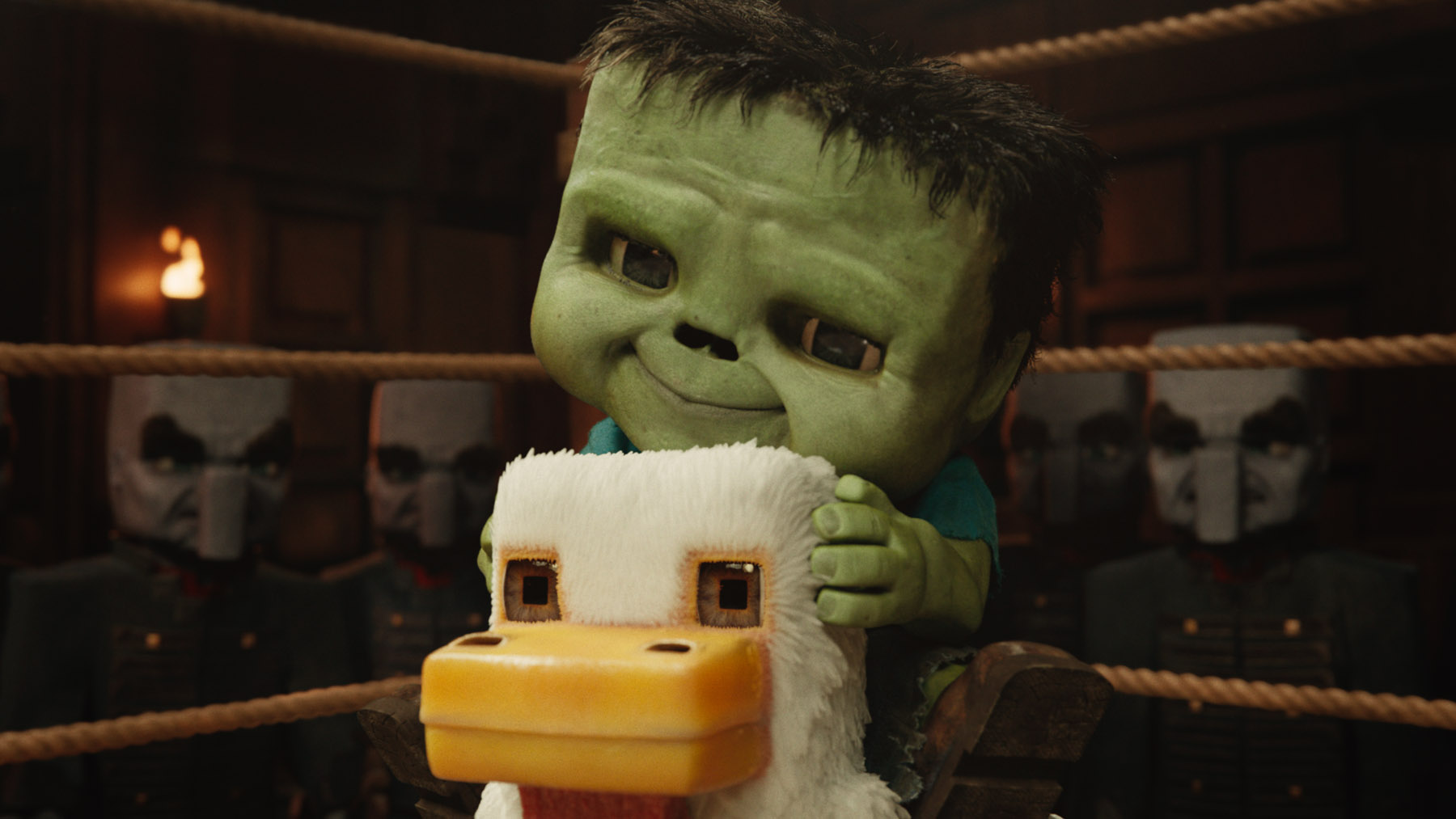How to use Razer Kishi with Project xCloud and Game Pass Ultimate
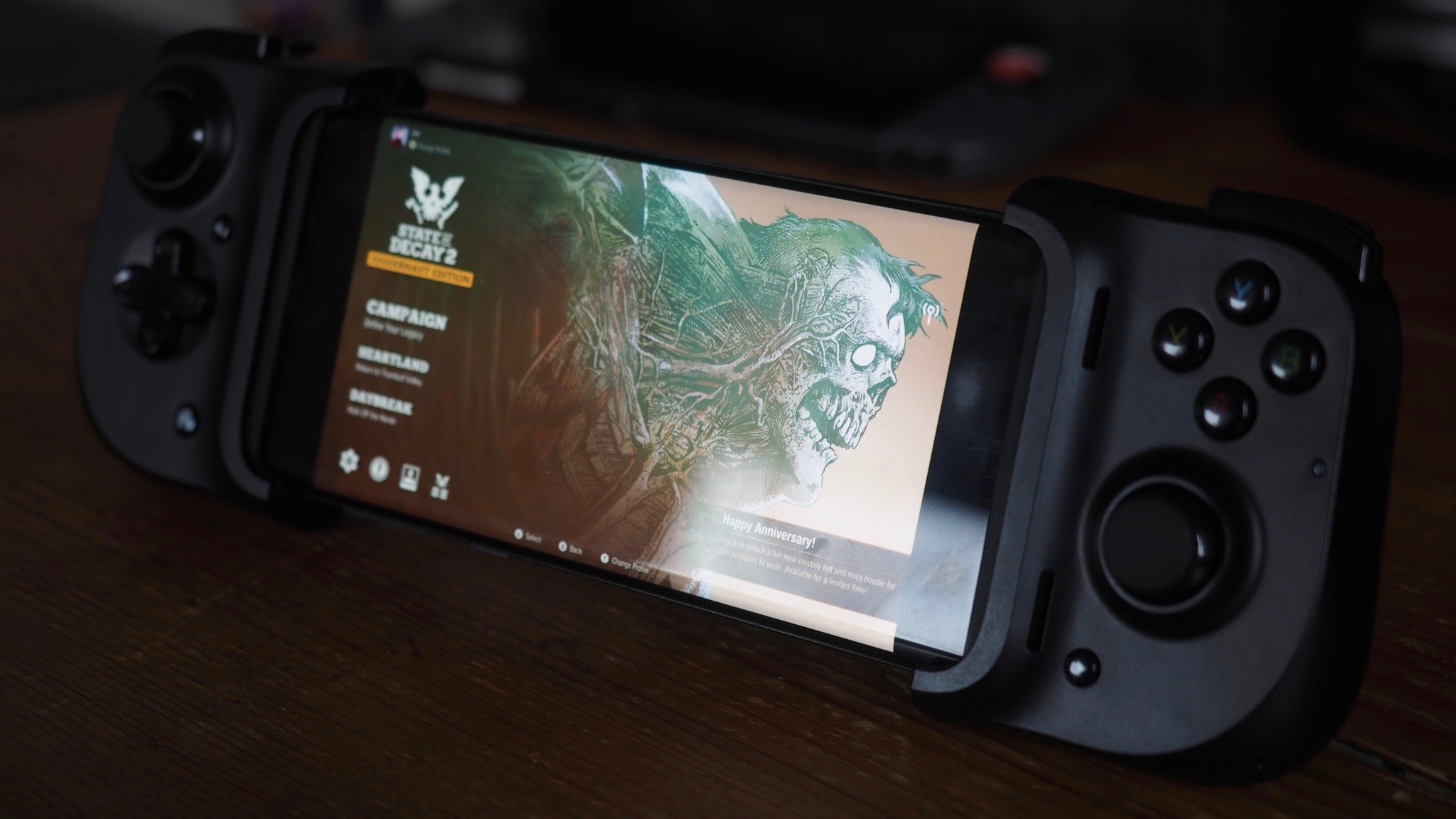
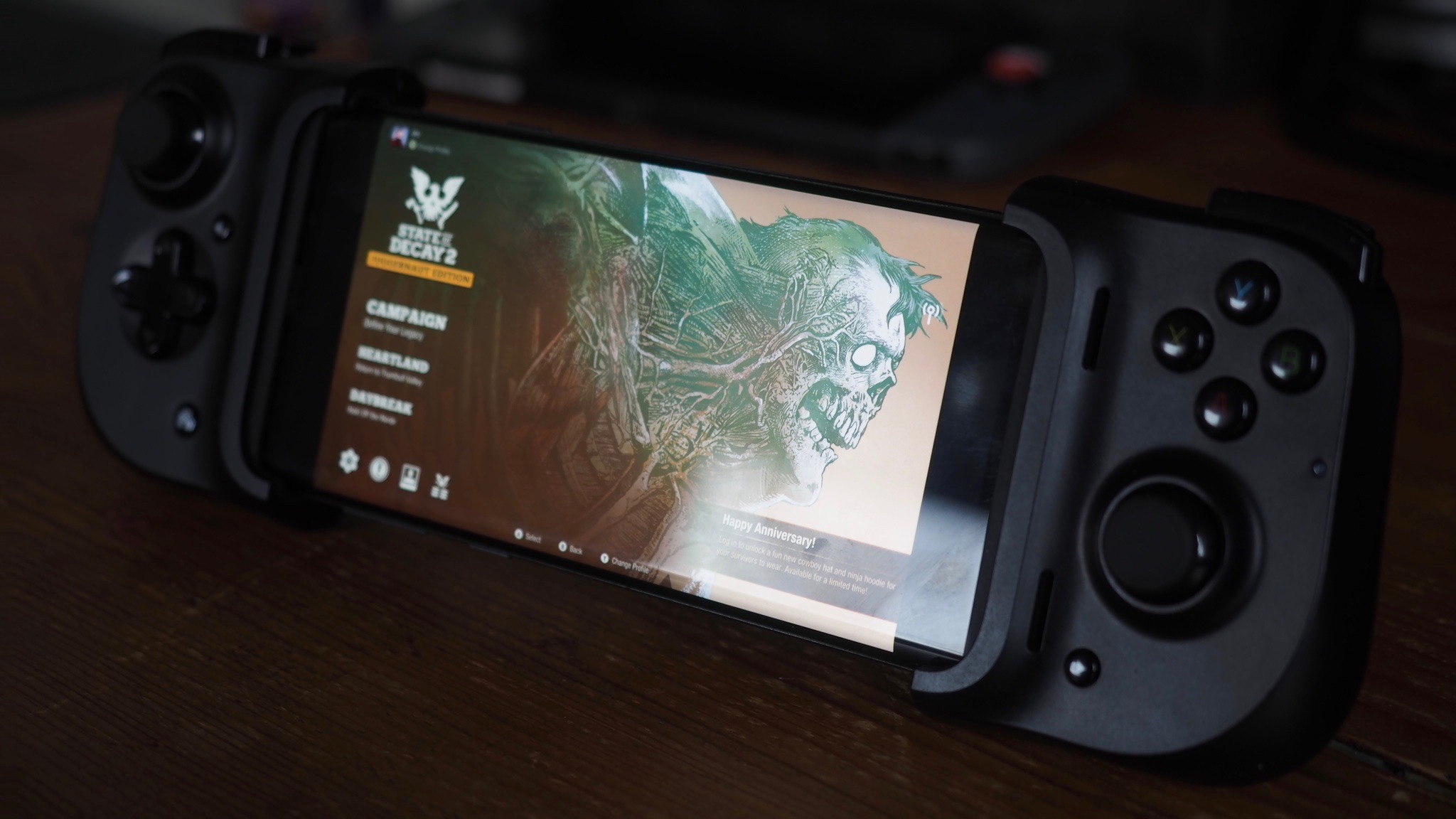
Wondering how to use the Razer Kishi with XCloud, now that the service is available for all Xbox Game Pass Ultimate subscribers? With the invite-only xCloud beta a thing of the past, all Xbox gamers can access over 100 Game Pass titles starting Sept. 15 on any Android device — and the Kishi is the perfect controller to play them. It basically turns your phone into a Nintendo Switch, snapping two controller ends to almost any Android phone. And as you'll see with the steps below, playing Game Pass games on your Kishi is completely straightforward.
Superlative streamed gaming
- Best xCloud controller: Razer Kishi for Android ($80 at Amazon)
- Best streaming library: Xbox Game Pass Ultimate ($45 at Amazon)
Signing up for Game Pass Ultimate
Figuring out how to use the Razer Kishi with xCloud can be a bit tricky. Do you need the Xbox app, the Xbox Game Pass app, the Game Pass (Beta) app, or the Xbox Game Streaming (Preview) app? We're here to clear up any confusion.
To stream Game Pass titles, you need a Game Pass Ultimate membership. Before you commit to upgrading your Xbox Live Gold or standard Game Pass to Ultimate, make sure your Android mobile device, your router, and your mobile data plan have the specs to handle cloud gaming. You'll need
- A compatible smartphone running Android version 6.0 or greater, with Bluetooth version 4.0+ enabled. Most Kishi-compatible phones will hit the requirements, but it doesn't hurt to check your phone settings.
- A high-speed internet connection or mobile data plan. Microsoft suggests either 5GHz Wi-Fi or 10Mbps mobile data connection.
With those in hand, proceed with the following steps:
- If for some reason you don't already have one, create a Microsoft account.
- Then, sign up for Game Pass Ultimate. You can get the first month for $1, followed by $14.99 per month.
- Download the Xbox Game Pass app on the Google Play store or the Samsung Galaxy Store.
- Don't bother with the other Beta or Preview apps. They enabled streaming in the past, but now you'll get the most up-to-date streaming experience with the main Game Pass app.
- Sign into your Xbox Live account in the app.
You now have access to 100+ Game Pass titles on your phone!
Using Razer Kishi with Project xCloud
Once you're signed up for Game Pass Ultimate, using your Razer Kishi for Game Pass streaming is as simple as plugging it into your phone. Razer designed its controller to be compatible with both Xbox Game Streaming and Project xCloud, and to work with any device without need of drivers or an app.
- Slide your smartphone's USB-C port onto the USB-C connector on the Razer Kishi.
- Pull out the left half of the Kishi so your phone can slot inside of it. A blue light indicator should turn on if you've successfully inserted your phone.
- Open the Xbox Game Streaming (Preview) app. The app should automatically detect the connected Kishi.
- Choose a game to stream to your phone, and start playing!
Kishi kills the competition
You can use a variety of Bluetooth-enabled controllers for Xbox Game Pass Ultimate, but the fact is that Bluetooth connectivity inevitably generates latency, which a wired USB-C connection eliminates for more responsive controls. Plus, as the Kishi runs on your phone's battery, you'll never need to charge your controller separately or burn through dozens of AA batteries. Add in its universal design for most Android phones, turning all of them into a mobile console, and it's easy to see why Razer Kishi is an excellent choice for Project xCloud and other streaming-based services like Stadia and GeForce Now.
Get the Windows Central Newsletter
All the latest news, reviews, and guides for Windows and Xbox diehards.

Near-universal compatibility
Kishi enables a wider group of Android gamers than ever before to access Microsoft's excellent games streaming service. Its ergonomic design, easy attachment process, and no-latency connection makes it a great choice for hardcore gaming on the go.
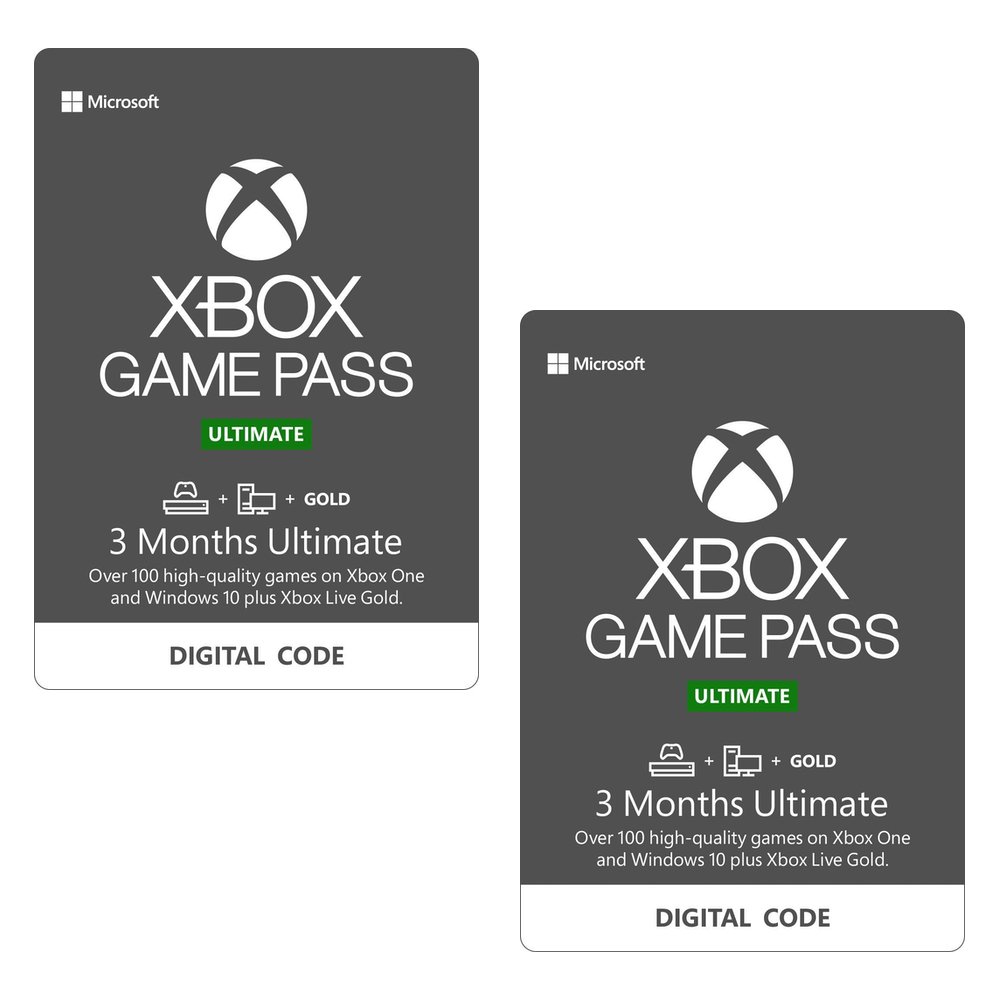
Expand your games list
With Project xCloud out of beta, Game Pass Ultimate owners can stream over 100 titles on Android phones. While not the full library, you'll at least have access to the main first-party Microsoft titles on the road or away from the TV, an awesome new perk for the service. Your game saves transfer between your phone and console for one seamless playthrough.
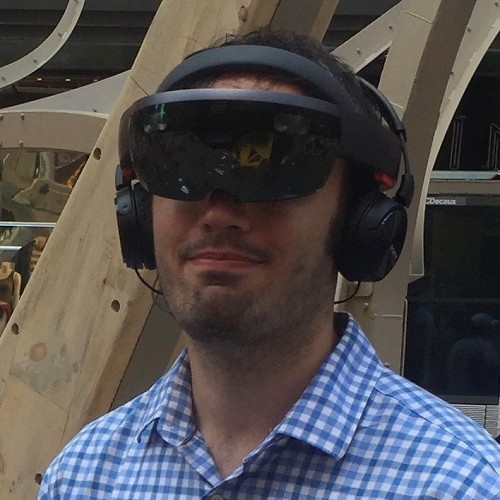
Michael is the Senior Editor of VR and fitness tech at sister-site Android Central, but happily lends his help to the Windows Central team for games coverage.
